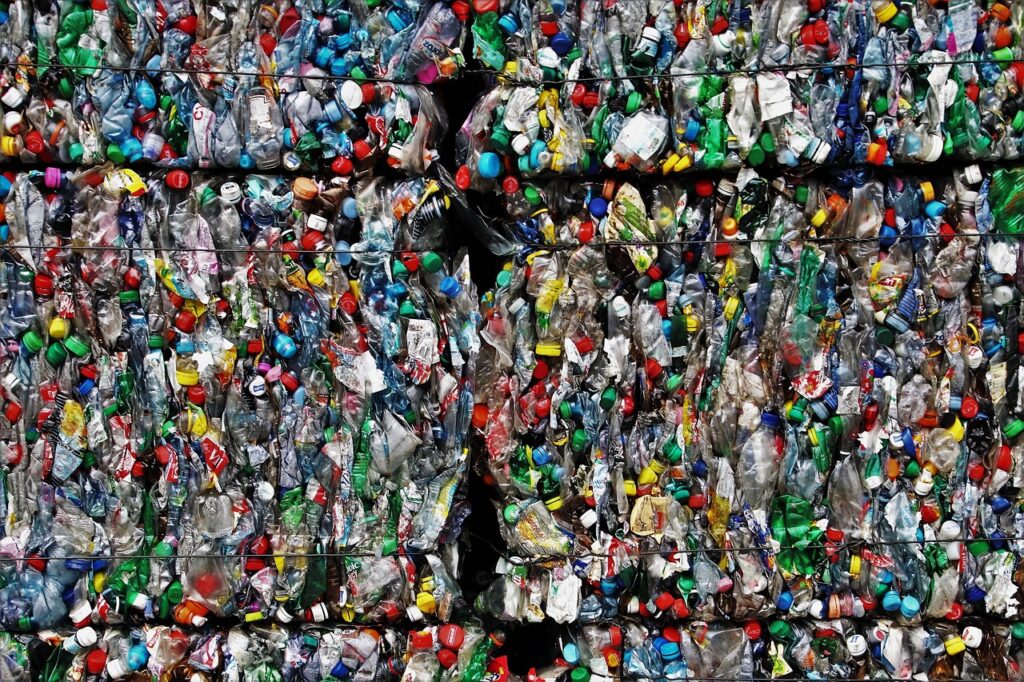The European Union (EU) recently proposed a new EU Packaging Regulation, which will replace the previous Directive on Packaging and will strengthen the requirements for waste and packaging in EU member states. The goal of this new regulation is to eliminate wasteful practices and streamline the circular economy in the European Customs area.
The new rule seeks to reverse the current trends of higher packaging waste in the EU and to encourage a circular economy by requiring recyclable packaging by 2030. It will also set some additional requirements for recycled content and will create a market for such materials. The ultimate goal is to make sustainable packaging the normal way of commerce throughout the EU.
How is the EU Packaging Regulation Different from the EU Packaging Directive?
An EU Regulation (as opposed to a Directive) takes immediate effect in the member states without the need for implementing legislation via statutory instruments within the member states. There have not yet been any exemptions finalized for this new law.
The proposed legislation also expands the requirements for packaging and packaging waste in the EU beyond what was outlined in the Directive and allows the EU to impose further restrictions and implement surveillance measures.
What does the EU Packaging Regulation Entail?
The previous Packaging Directive regulated four substances: lead, cadmium, mercury, and hex chrome — the same set of substances originally included in the first Restriction on Hazardous Substances (RoHS) in waste electronics. The new regulation will expand the list of hazardous substances in packaging. The process will be similar to the Registration, Evaluation, Authorisation and Restriction of Chemicals (REACH) regulation in its treatment of expanding lists of Substances of Very High Concern (SVHC).
The new regulation plans to reduce the volume of packaging used in the EU, with the ultimate goal of the EU only using recyclable packaging by 2030. This relates to the EU’s Circular Economy Action Plan, which, amongst other objectives, aims to eliminate plastics from landfills. Schemes for deposit return systems will also be implemented (in some ways similar to the existing schemes for Waste Electrical and Electronic Equipment).
All businesses involved in plastic packaging approaches will need to understand that they are going to be using only recycled plastic. Getting in touch with your suppliers to ensure that they can support this in the near future is a mandatory step toward making this a reality by 2030.
The new law will also involve the implementation of a special labeling code that would describe chemical composition, recyclability, and waste stream category. This would eliminate much of the confusion that consumers currently face in terms of understanding what is happening at the producer level. It will also help consumers know how they can best participate in fostering the EU circular economy. At the member state level, these categories will be harmonized across the EU.
How Will the New Regulation Impact My Business?
Businesses will need to understand the materials in their packaging and communicate with their supply chains to ensure packaging requirements (such as the requirement for using recycled plastic) can be met. To meet the new regulation requirements, they will need assess their current portfolio of packaging to make sure it meets the definition of waste minimization.
In addition to the requirement to use recycled plastic by 2030, there are several other highlights of the new regulation that will directly impact businesses.
One major outcome of the regulation will be the mandatory reduction of packaging waste by 15% per person by 2040. This would reduce overall EU waste by 35-40%. Businesses will need to support this effort by ensuring they are efficiently using packaging and not creating unnecessary amounts of waste when designing and implementing packaging strategies.
Businesses will also be required to offer reusable or refillable packaging for a certain percentage of their products. The goal here is to reverse the problematic trends of increased EU waste. Between 2030 and 2040, these requirements will ramp up and the percentage levels required will accelerate.
Get Help Planning for the New EU Regulation
The new EU Packaging regulation will have many consequences for any business that places packaged products onto the EU market.
If you import into the EU, you must evaluate the enforcement approach for every country in which you place products onto the market. You must then monitor the scope of the requirements in each country, as countries are allowed to add additional requirements beyond the minimum requirements stipulated by the EU Regulation. For example, Germany has implemented its own Packaging Act.
The steps involved in evaluating and monitoring your requirements are:
- Determination of the new compliance requirements regarding your own sales in EU member states.
- Assessment of sales channels, volumes, and legal standing for each EU Member State.
- Registration with Responsible Body for each EU Member State.
- Implementation of take-back systems.
- Monitoring of ongoing reporting requirements.
If you are wondering where to start on all this, Tetra Tech can walk you through this process and help you set up a Packaging Regulation action item plan which will keep you compliant as the various member states may add their own national-level packaging requirements on top of the EU Packaging Regulation.
For example, if you need to comply with the German Packaging Act, we can help you understand what actions you may need to take to meet the requirements of the EU Packaging Regulation as well as understand what measures are specific to Germany.
If you need help with any one of these tasks, contact Tetra Tech’s product compliance experts today at [email protected]. We can help you understand the changes in scope that will affect you and can support you in keeping your compliance intact in the face of changing requirements.






